Buy Mandala Mural Painting
-

Canvas Mandala in gold “Atlantis” from size 19,69″ – Energy Art hand-painted
358,00 € – 809,00 € -

Mural mandala gold “metal” from size 19,69″ – energy Art hand painted
631,00 € – 1.142,00 € -
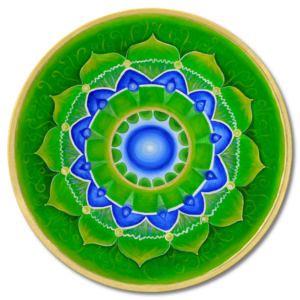
Canvas art mandala gold “heart chakra” from size 19,69″ – energy art handpainted
520,00 € – 1.108,00 € -

Canvas Art Mandala Gold “Enlightenment” from size 19,69″ – Energy Art hand-painted
511,00 € – 1.023,00 € -

Canvas Art Mandala “Tuscany” from size 19,69″ x 19,69″ – Energy Art hand-painted
511,00 € – 938,00 € -

canvas Art Mandala gold “tree of life” from size 19,69″ x 19,69″ – Energy Art hand-painted
341,00 € – 554,00 € -

Mural Mandala “Lotus Sun” from size 19,69″ – Energy Art hand-painted
213,00 € – 495,00 € -
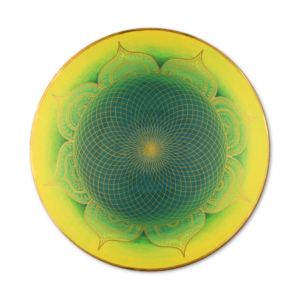
Canvas Painting Mandala Gold “Heart of the Orient” from size 19,69″ – Energy Art hand-painted
511,00 € – 938,00 € -
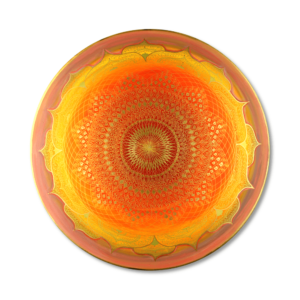
Wall-Painting Mandala in Gold “Muladhara Vitality” from size 19,69″ – Energy-Art hand-painted
511,00 € – 852,00 € -
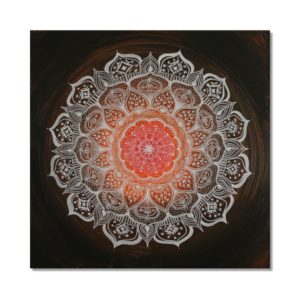
Wall Art Mandala “Gift” from Size 19,69″ x 19,69″ – Energy Art hand-painted
426,00 € – 938,00 € -
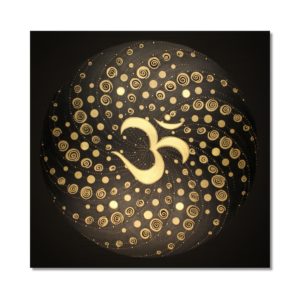
Wall Art Mandala “Air” from size 19,69″ x 19,69″ – 24 carat gold leaf energy Art hand-painted
631,00 € – 1.364,00 € -
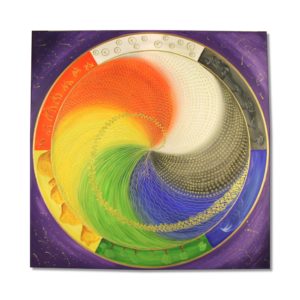
Wall Art Mandala “Elements of Life” from size 19,69″ x 19,69″ – energy Art hand painted
614,00 € – 1.364,00 €
Symbol description Mandala
“The Tibetan word for” mandala “, (dkyil-‘khor) literally means” that which surrounds a center “.
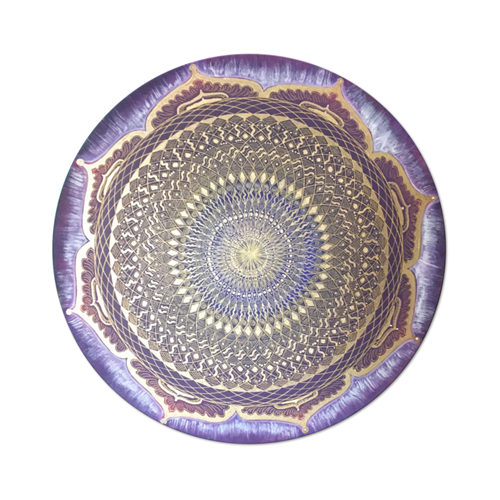 A mandala in the form of the yantra is a geometric diagram that is magical in Hinduism and Buddhism in cult practice
A mandala in the form of the yantra is a geometric diagram that is magical in Hinduism and Buddhism in cult practice
has religious significance.
It is usually confused with the term mantra, but this is different.
It is usually square or circular and always oriented towards a center.
In its simplest form it can show a triangle symbolizing a trinity (Trimurti), in its largest configuration increased to the basic plan of a sacred building, the mandala embodies the entire universe with heaven, earth and the underworld.
On the one hand, it serves as a visual aid in order to be able to internalize complex relationships in life through the representation of gods, landscapes or symbols. Due to the central importance of the four noble truths for
Buddhism, almost all Tibetan mandalas start from this number four (or the square) and then form multiples of it at the edge (8, 16, etc.). It is a number symbolism with partly complex meaning.
It can contain abstract shapes and ornaments as well as representations of animals and all kinds of symbols from religion, esotericism or psychology. Natural motifs can also serve as a mandala. “
When viewed intensively, the symbolism can directly target the unconscious, so that certain colors and shapes address and stimulate certain areas of the psyche.
Another interesting effect, if it is designed freely and intuitively – here the way is the goal, where the soul can create individual expression.
Creativity, calmness and balance also arise, because by concentrating on creating a mandala, one gradually learns to switch off the uninterrupted stream of thoughts of the mind and to follow its inner impulses. You practice feeling your intuitive impulses.
Here is a nice film of Tibetan girls who create a mandala out of sand and then blur it again.
Quelle: https://www.youtube.com/watch?v=ga5s_qYgJS8

0 Comments